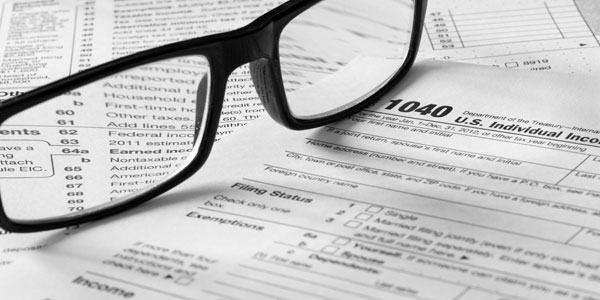BREAKING NEWS!!!
IRS penalties for information returns have doubled…….Tax Alert!
Buried deep within the Trade Preferences Extension Act of 2015 (the Act) there lies a section that amends the penalty amounts charged under Internal Revenue Code section 6721 for failing to file or incorrectly filing information returns with the IRS and section 6722 for failing to furnish or furnishing an incorrect information return to a payee. The Act increases the penalty from $100 to $250 for each form that is not filed or furnished and doubles the maximum penalty charge per calendar year for failure to file ($3 million) and failure to furnish ($3 million). The penalty for intentionally failing to file was increased from $250 to $500 per return. The amendments become effective for information returns filed after Dec. 31, 2015.
Examples of information returns affected by the new law are Forms W-2, 1098, 1099 series and 1042–S. Under the Affordable Care Act, providers of minimum essential coverage are required to file Forms 1095-B and 1094-B and failures are subject to the penalty. For a more complete list of information returns that may be affected, see General Instructions for Certain Information Returns. Note that penalties charged under sections 6721 and 6722 also apply to Form 8937, Report of Organizational Actions Affecting Basis of Securities.
The burden of the penalty increase is duplicated when one considers that the penalty applies to both the failure to file the information return with the IRS and the failure to furnish the payee’s copy of the return to the payee. It is likely that if one of the duplicate returns is incorrect, its counterpart is as well. Each inaccurate Form 1099 will then cost a payor $500. The penalty is doubled if the failure to file/furnish is intentional.
Reduced penalties are charged if failures are corrected quickly, but the Act increases the reduced penalties also. For failures that are corrected within 30 days, the reduced penalty is $50 per return (currently $30) and the maximum penalty is $500,000 per calendar year (currently $250,000). For failures corrected after 30 days but before Aug. 1, the reduced penalty is $100 per return (currently $60) and the reduced maximum penalty is $1 million per calendar year (currently $500,000).
For filers with gross receipts under $5 million, the maximum penalty is increased to $1 million (currently $500,000) per calendar year. For failures that are corrected within 30 days, the maximum penalty is increased to $175,000 (currently $75,000) per calendar year. For failures corrected after 30 days but before Aug. 1, the maximum penalty is increased to $1 million (currently $500,000) per calendar year.
Because the effective date of the law begins Jan. 1, 2016, it is important for payors to ensure that their information return filing processes and systems, and those of their service providers, are updated and adequate to meet all the filing requirements in order to avoid the steep penalties described above. Avoiding penalties for late filing/furnishing or not filing/furnishing correct information returns is much less costly than fighting for abatements or paying professional firms to fight them on behalf of payors.
Payors who become liable to file information returns must rely on payees to provide accurate information with which to make the filings – Social Security numbers, correct payee surnames, addresses, etc. For some information returns, when payees do not provide accurate information or any information that is required, payors are obligated to initiate back-up withholding and deposit it with the IRS. Back-up withholding is usually a tough action to take but payors are required to do so to protect themselves from penalties. Further, the monetary penalty risk of not filing/furnishing correct information returns has just doubled. Payors, especially businesses that hire independent contractors, should heed this new development and take aim at getting accurate information from payees before the information returns are due to be filed with the IRS and furnished to the payees.




